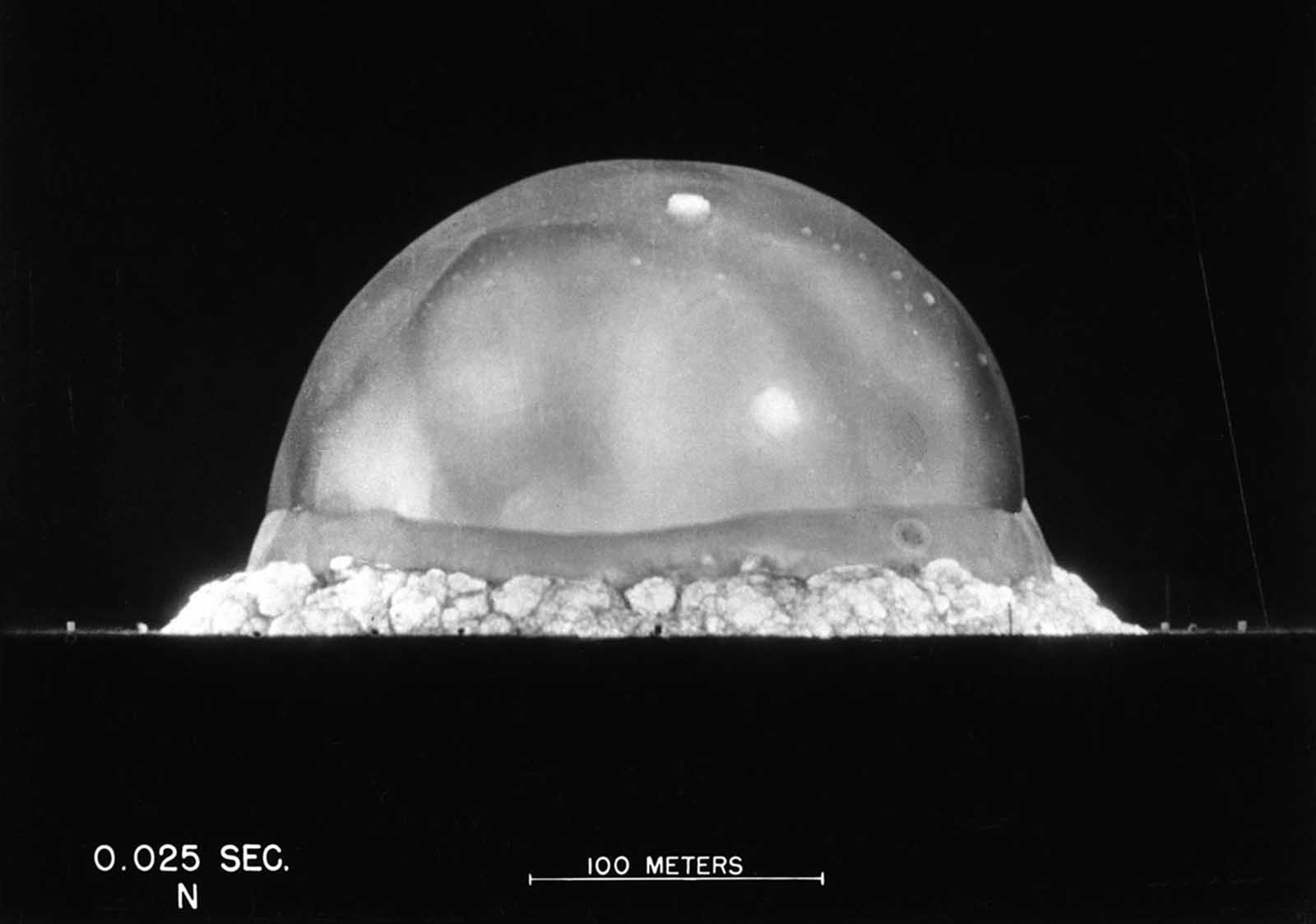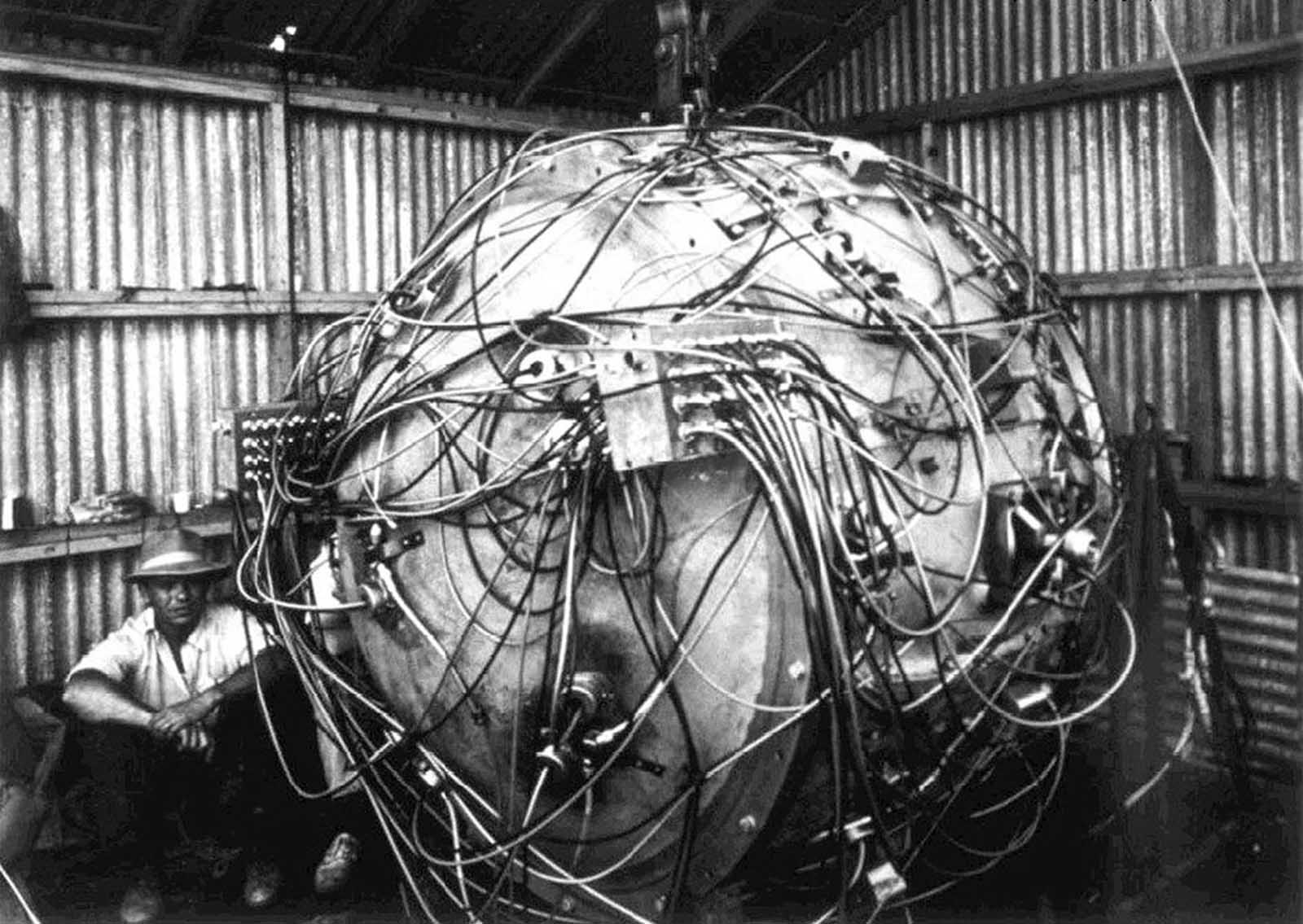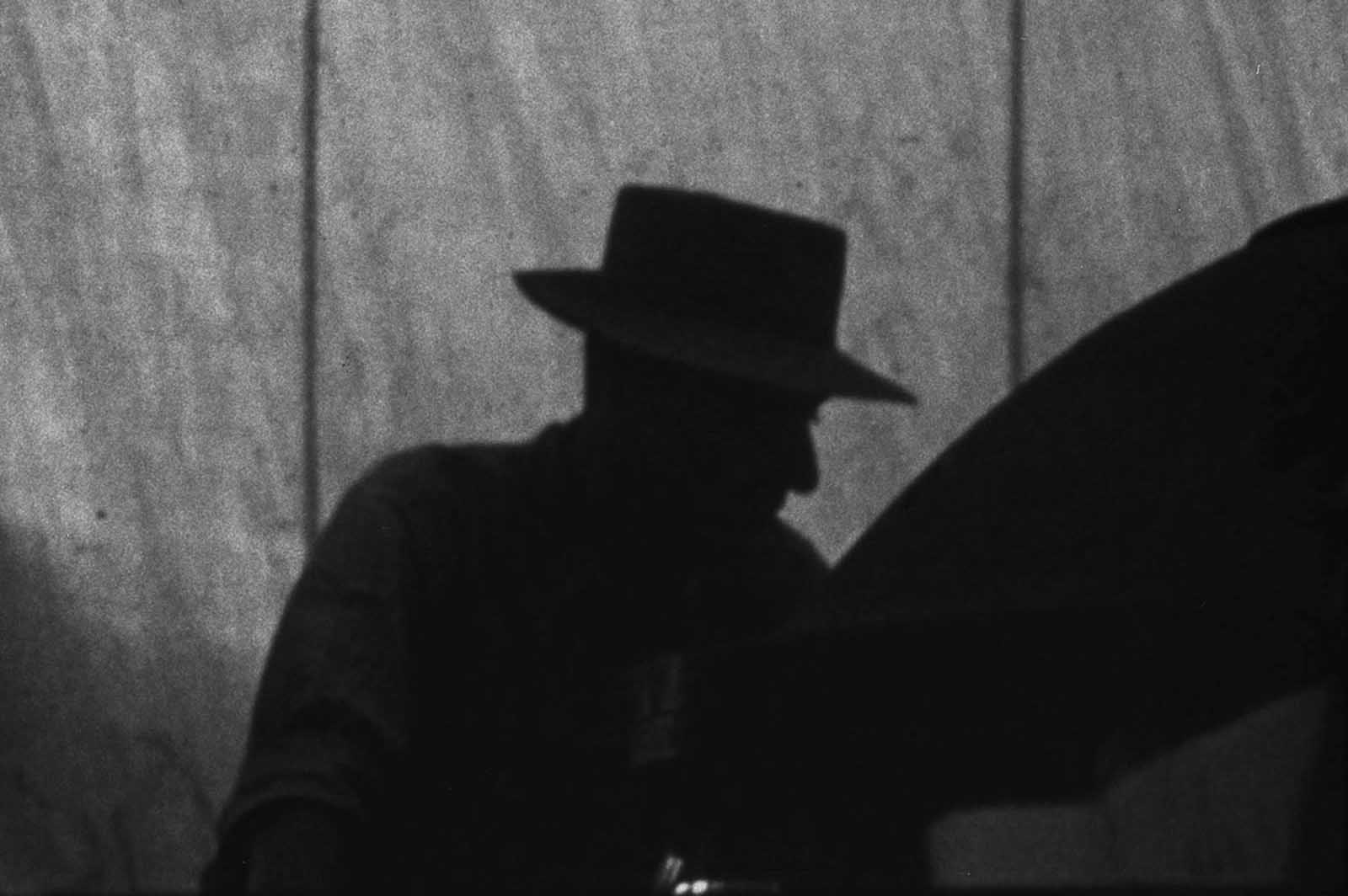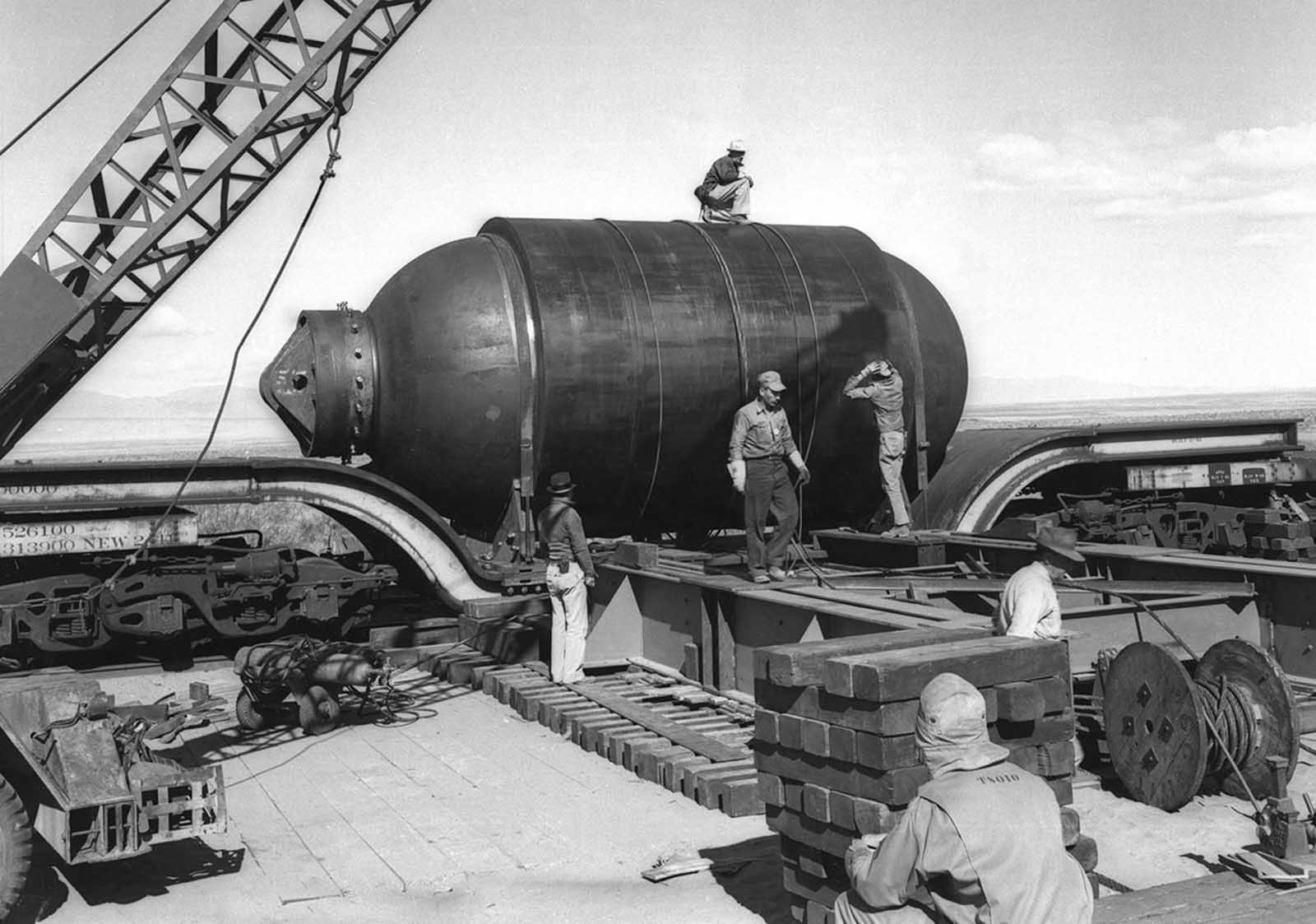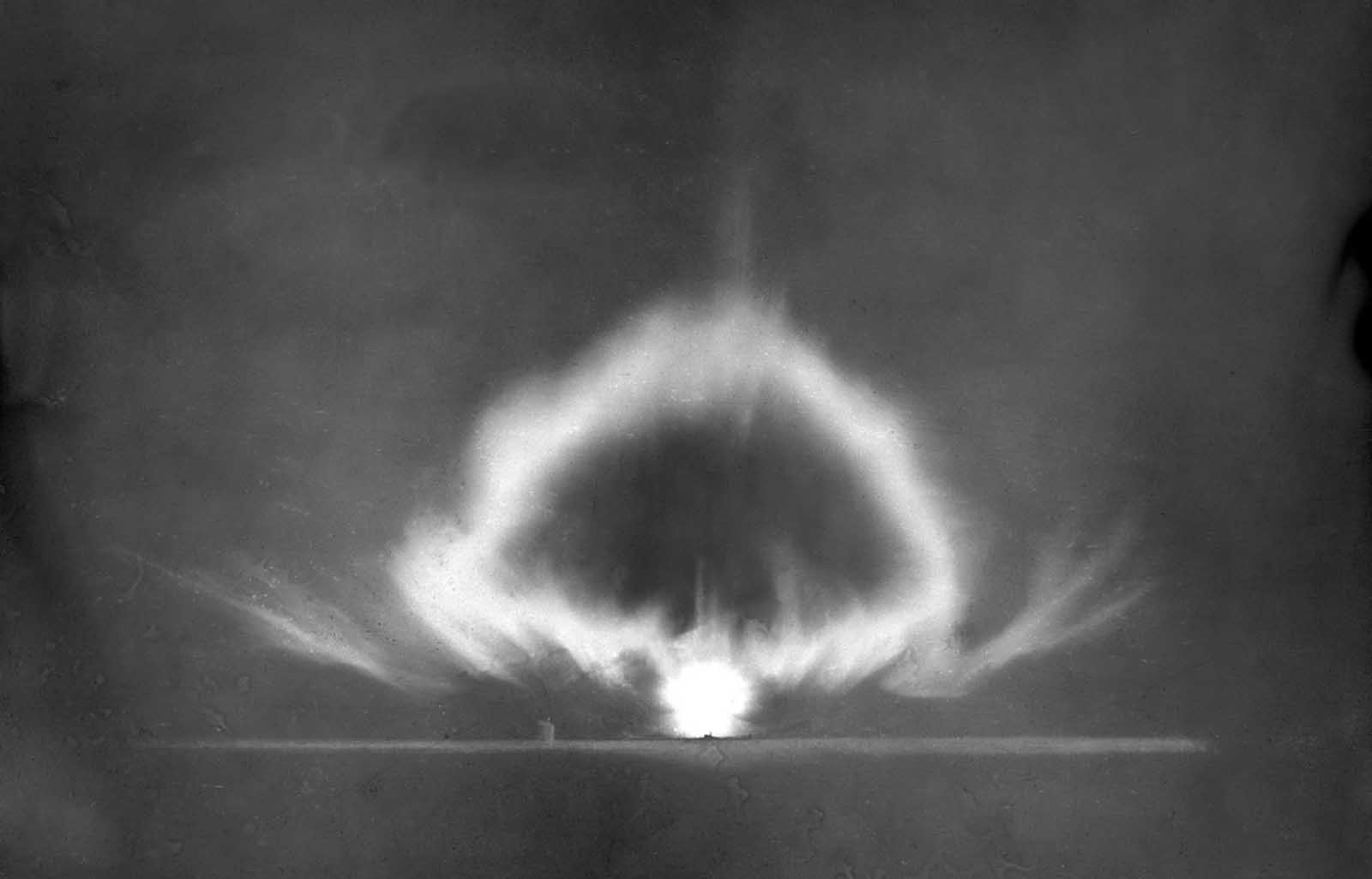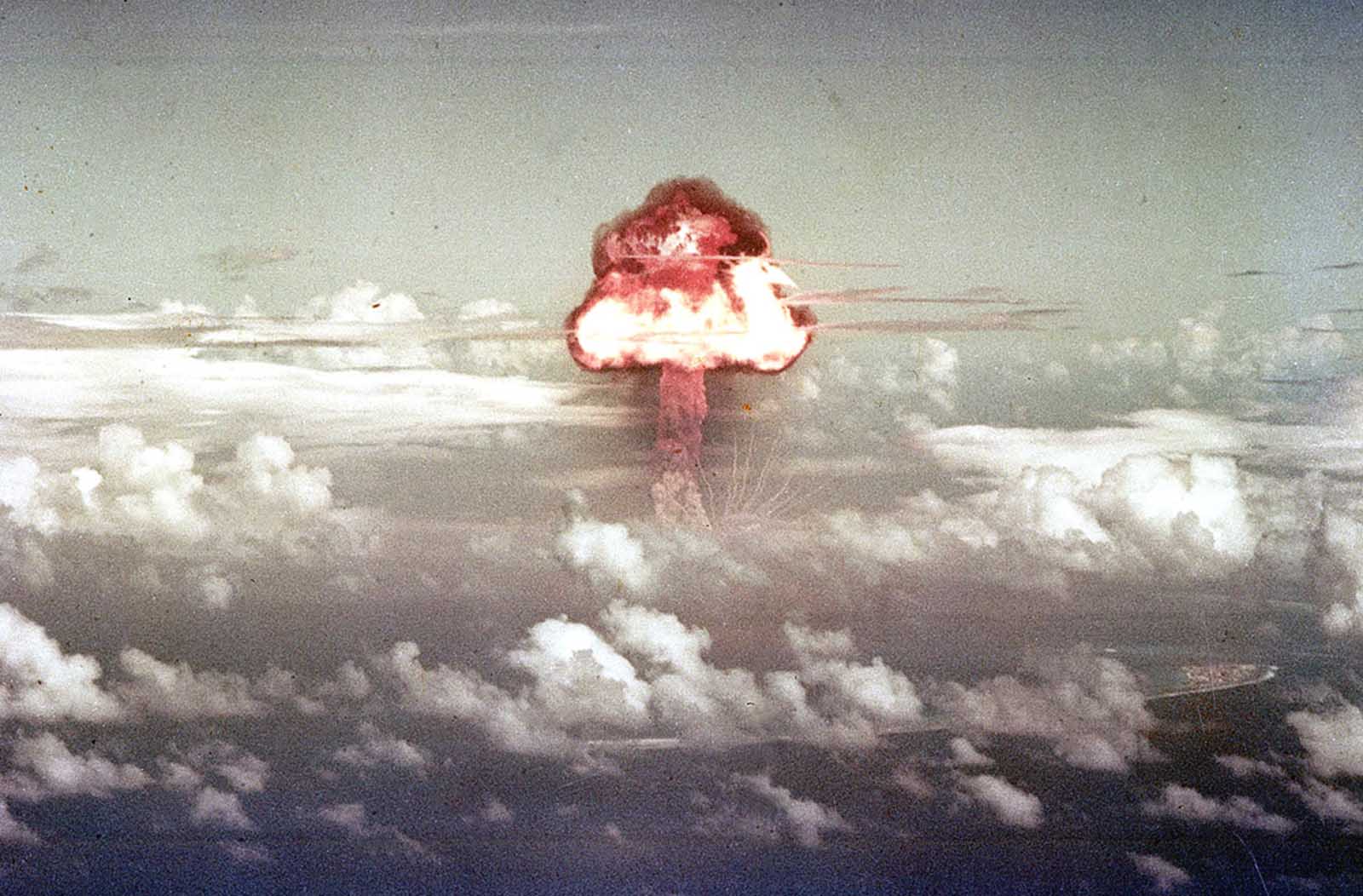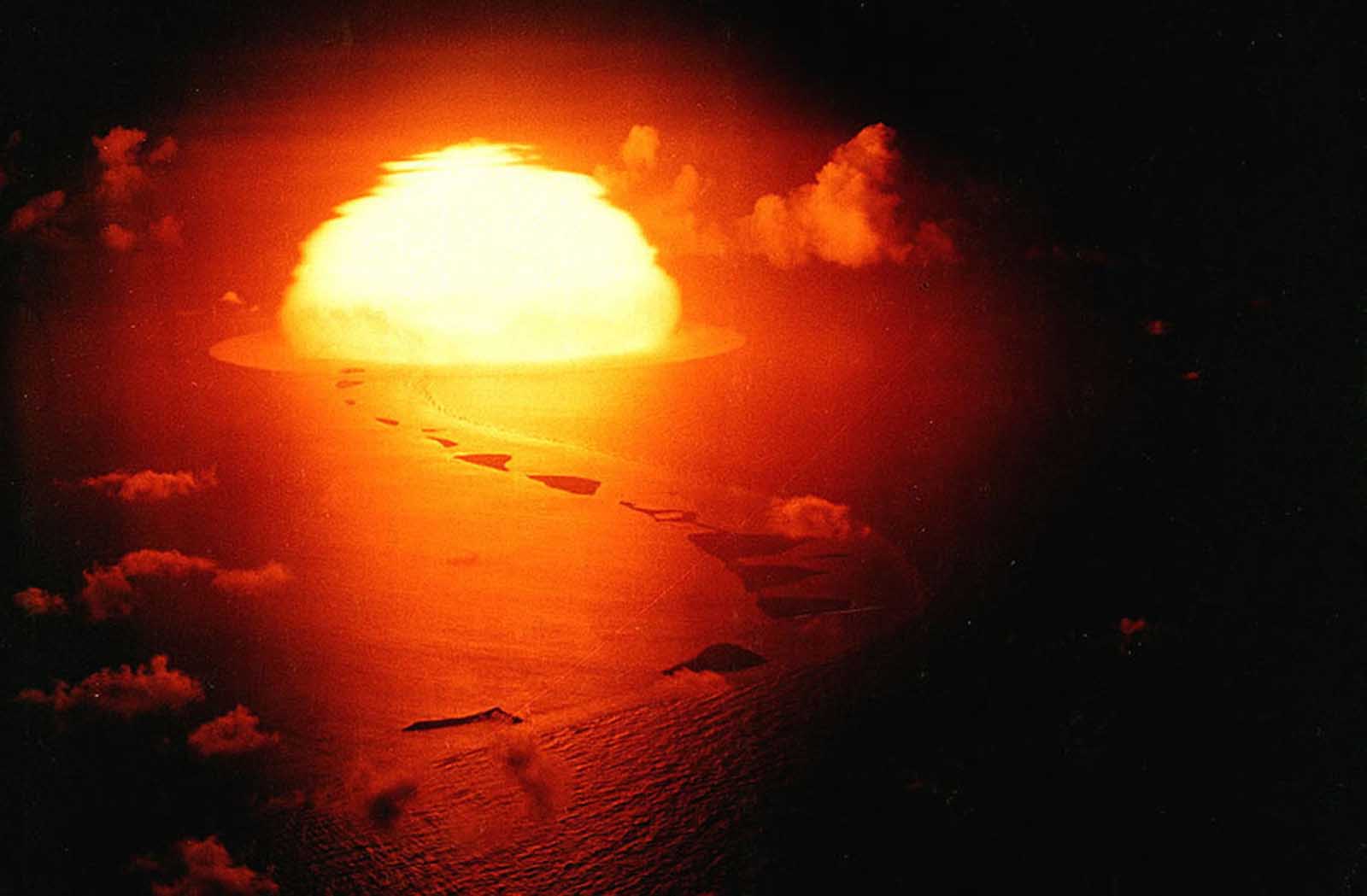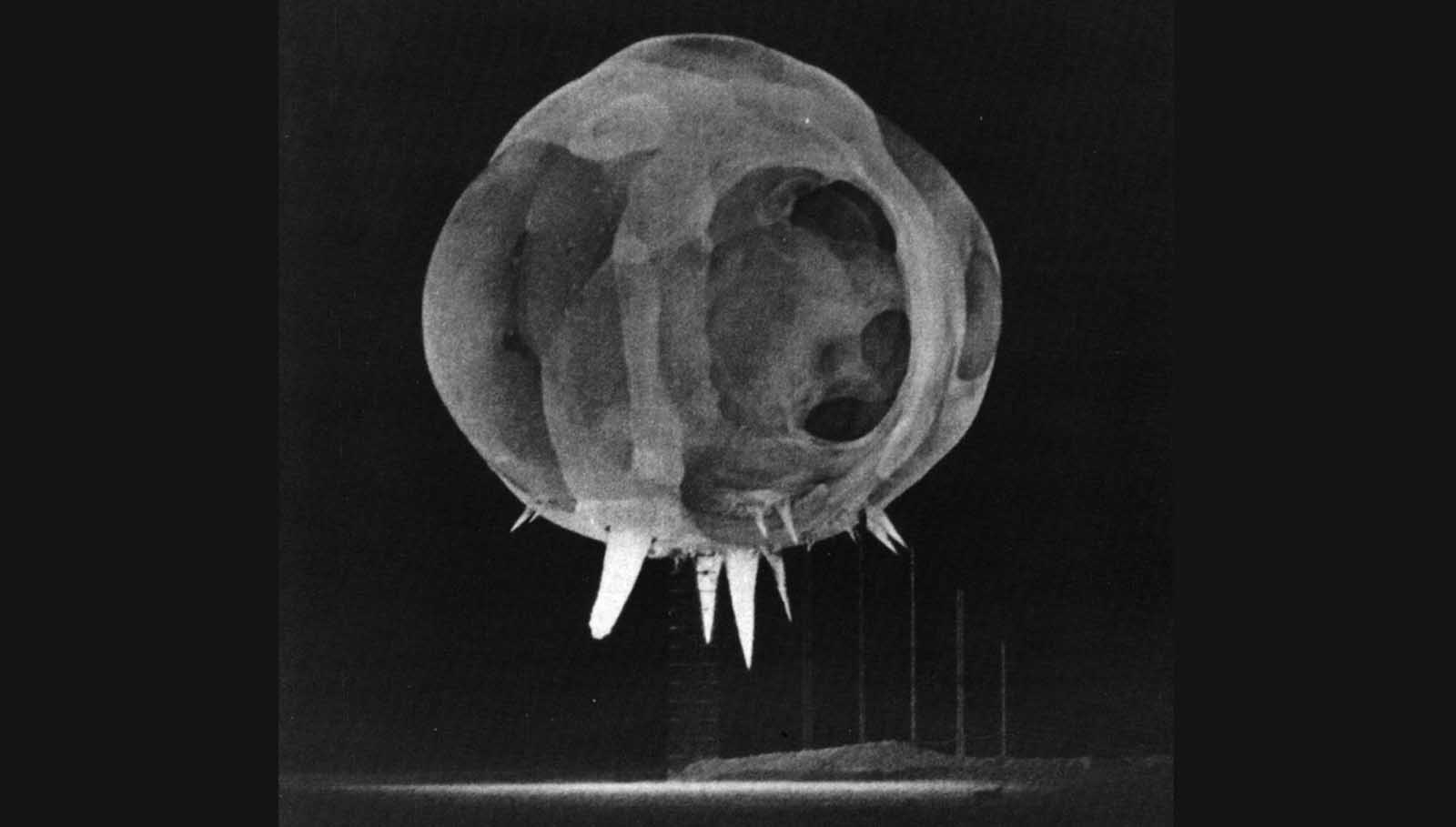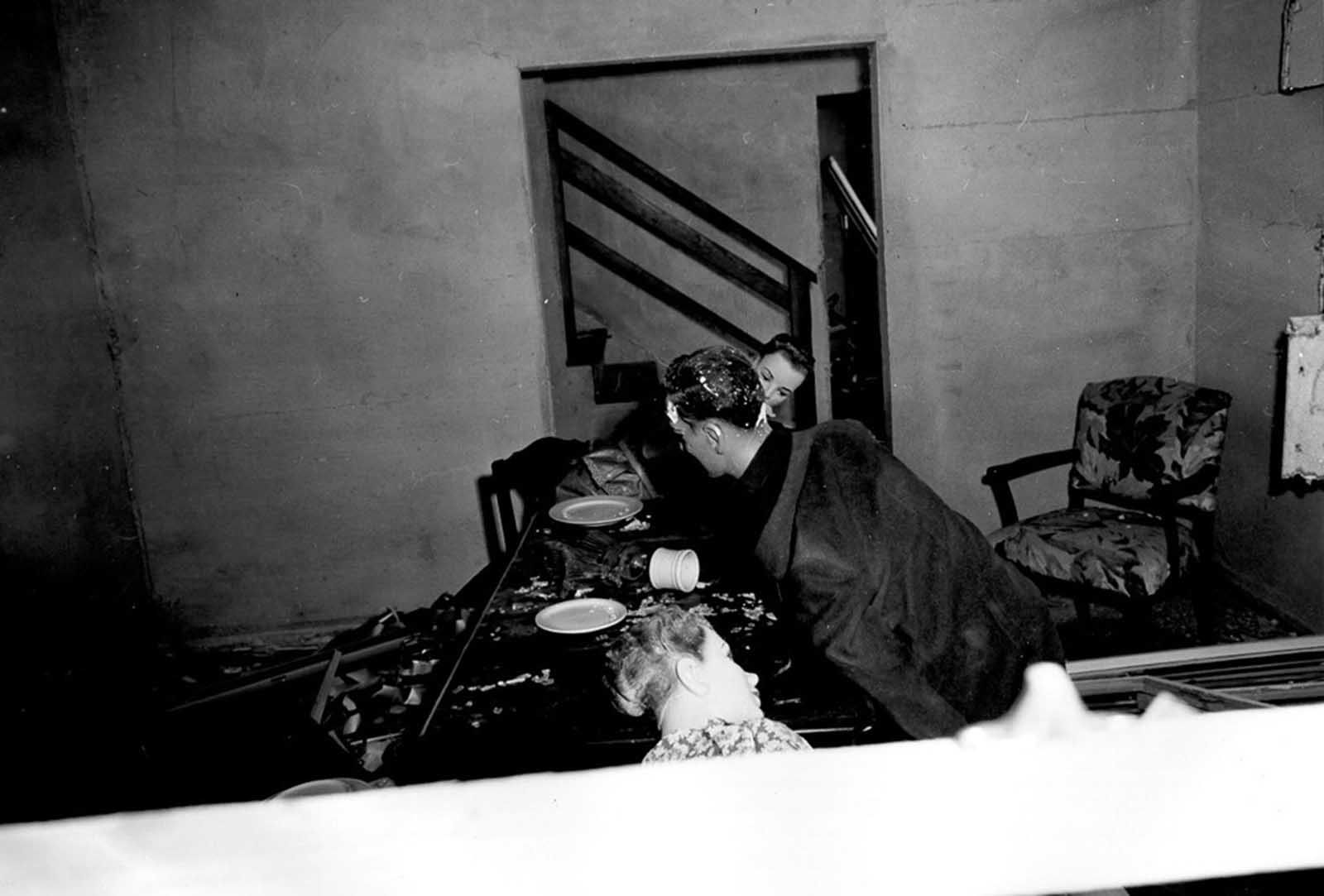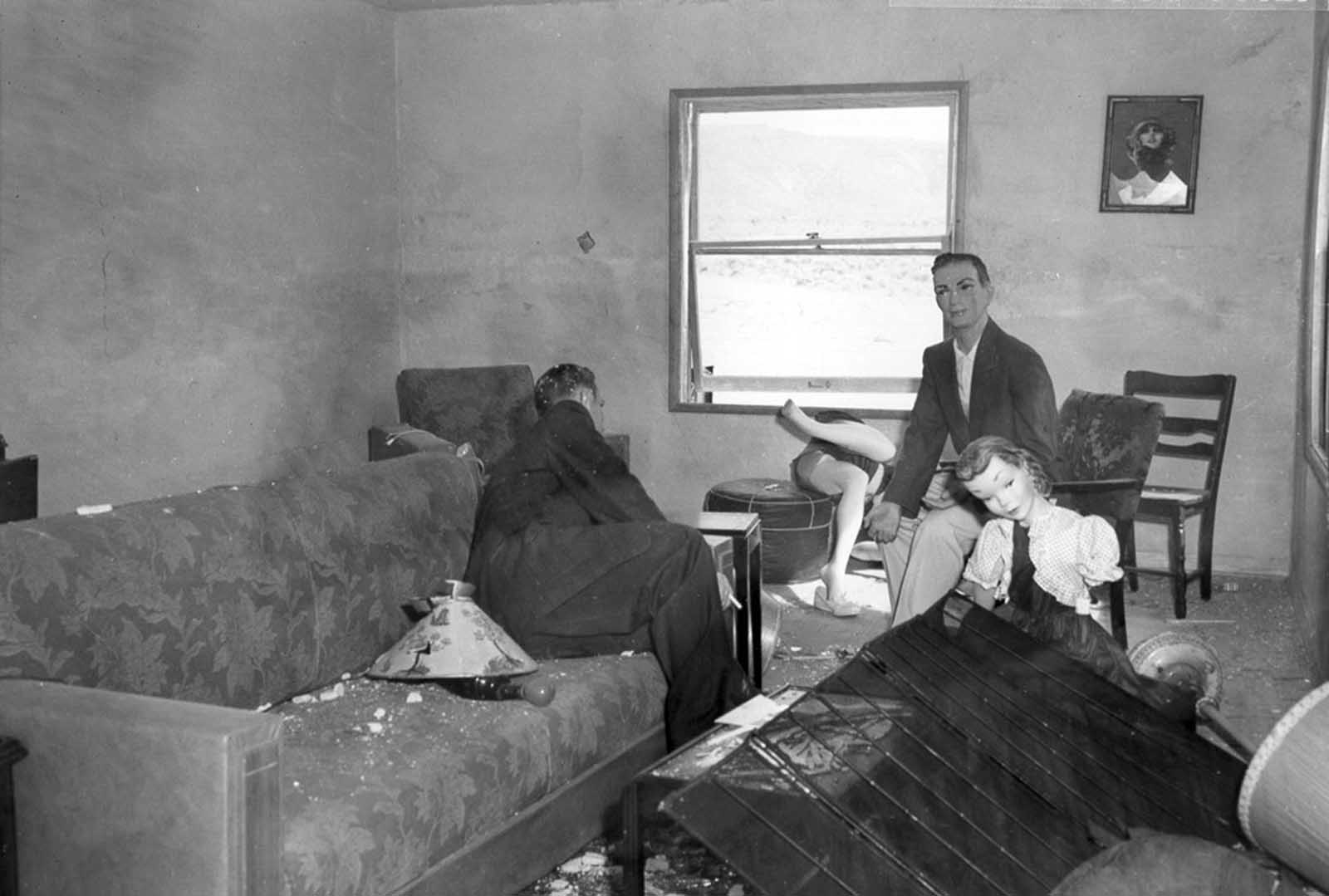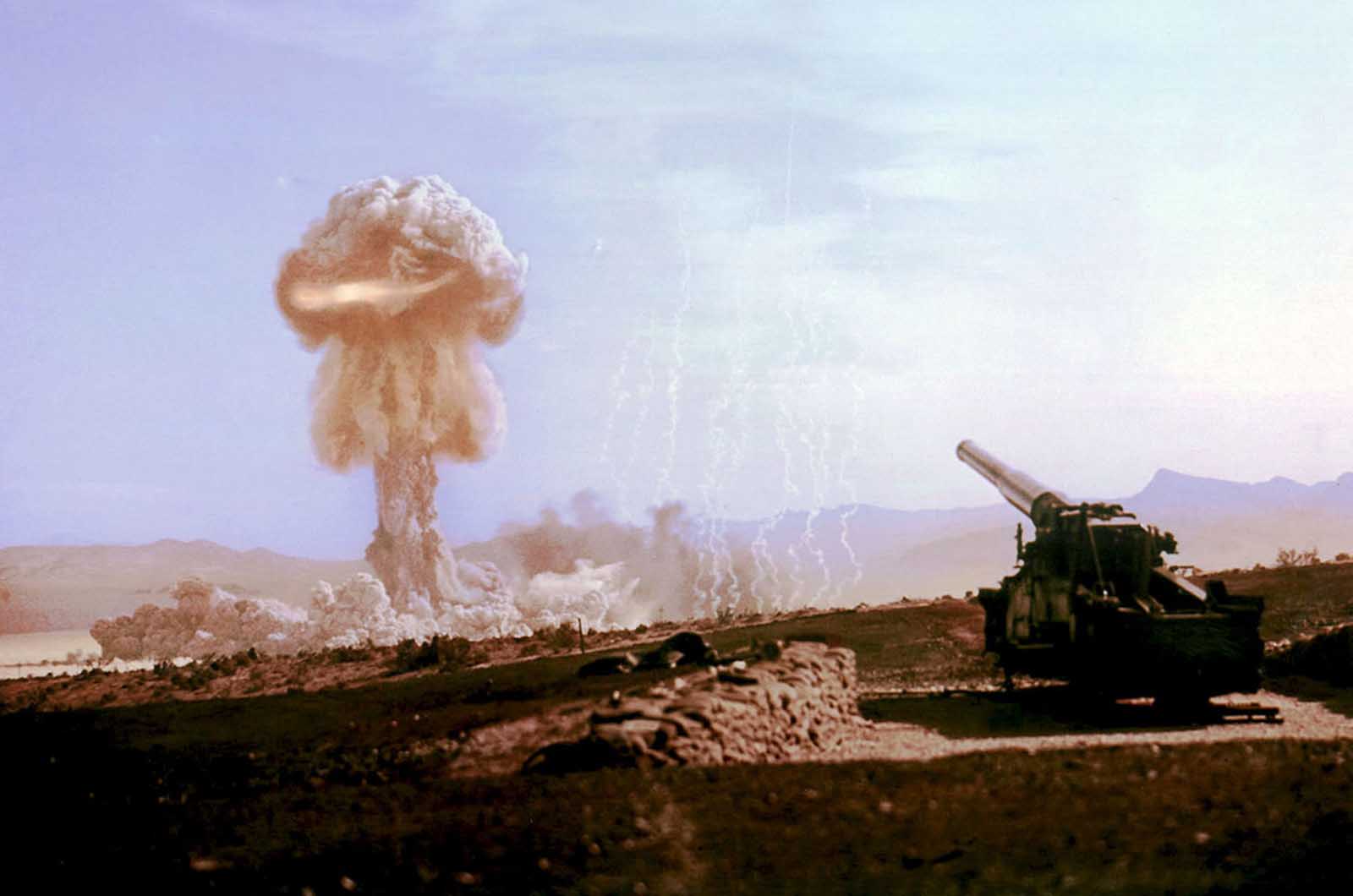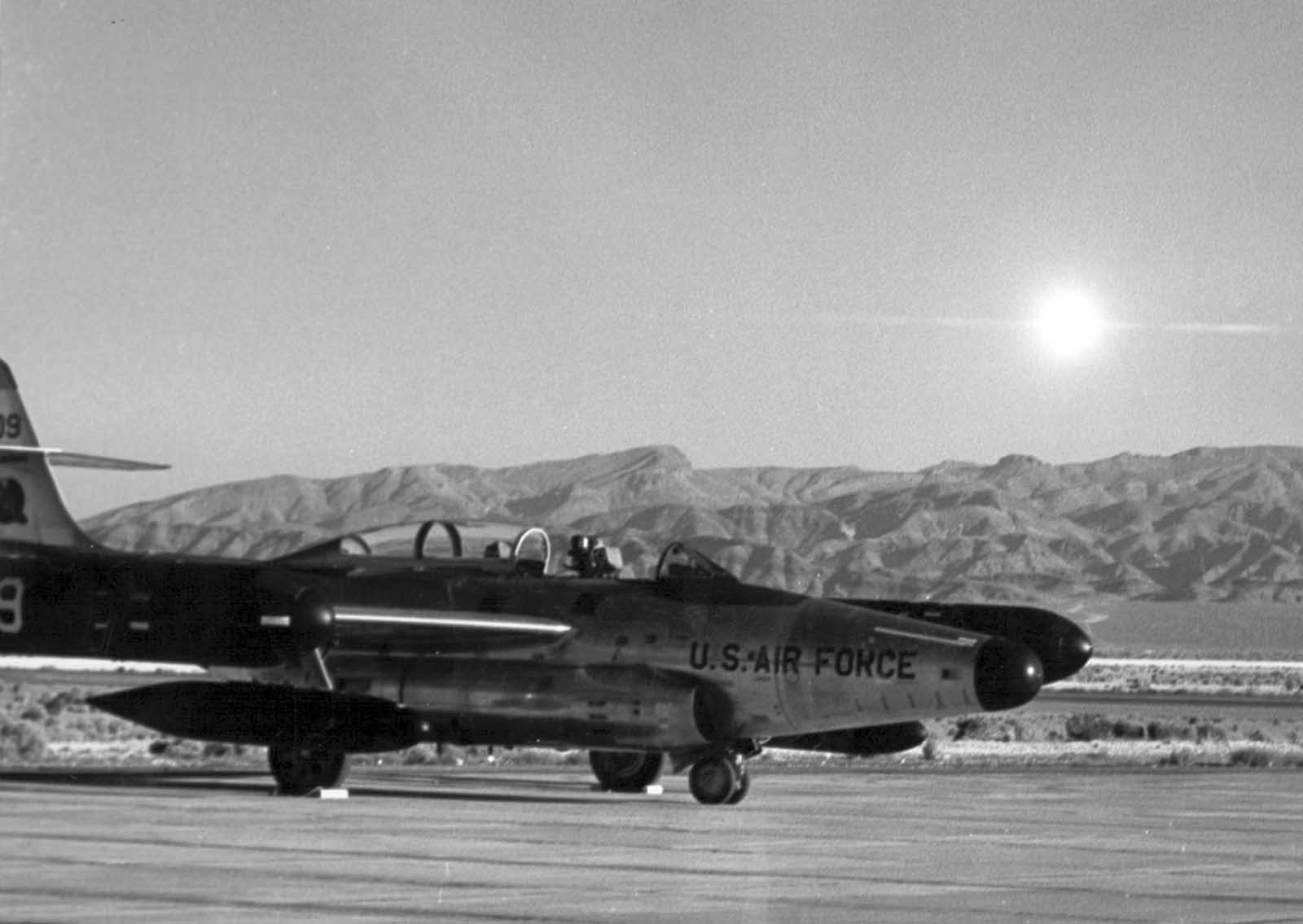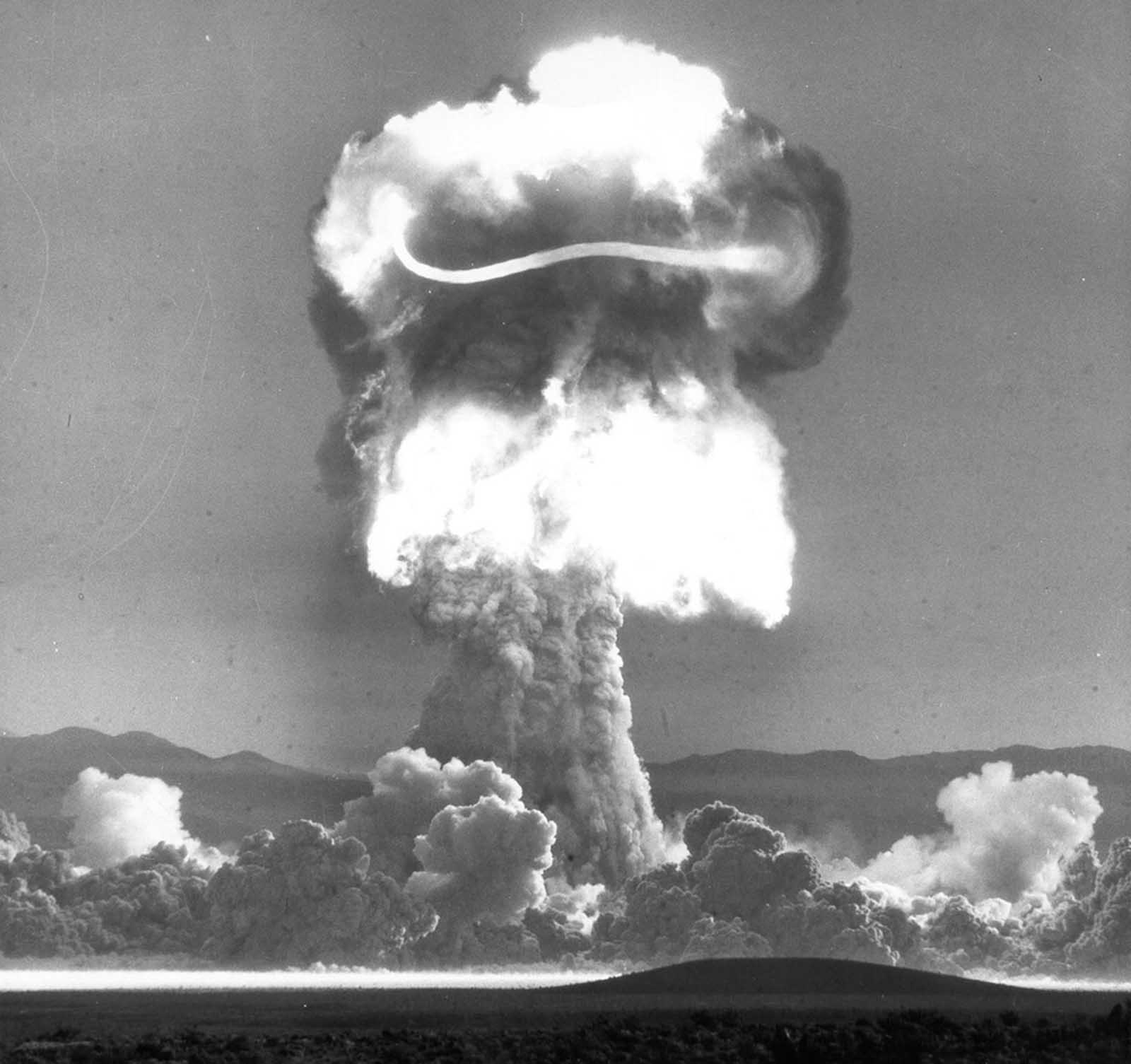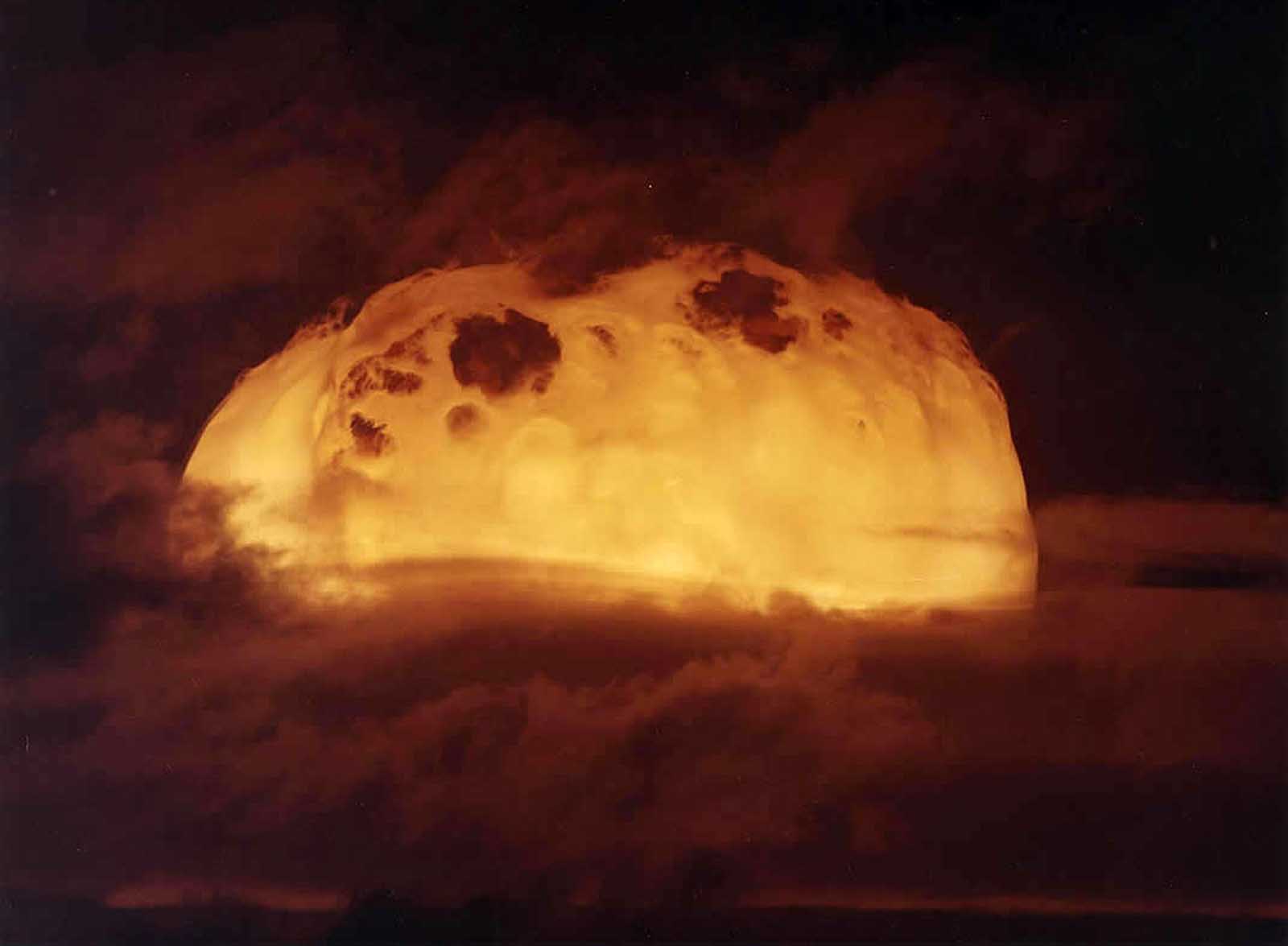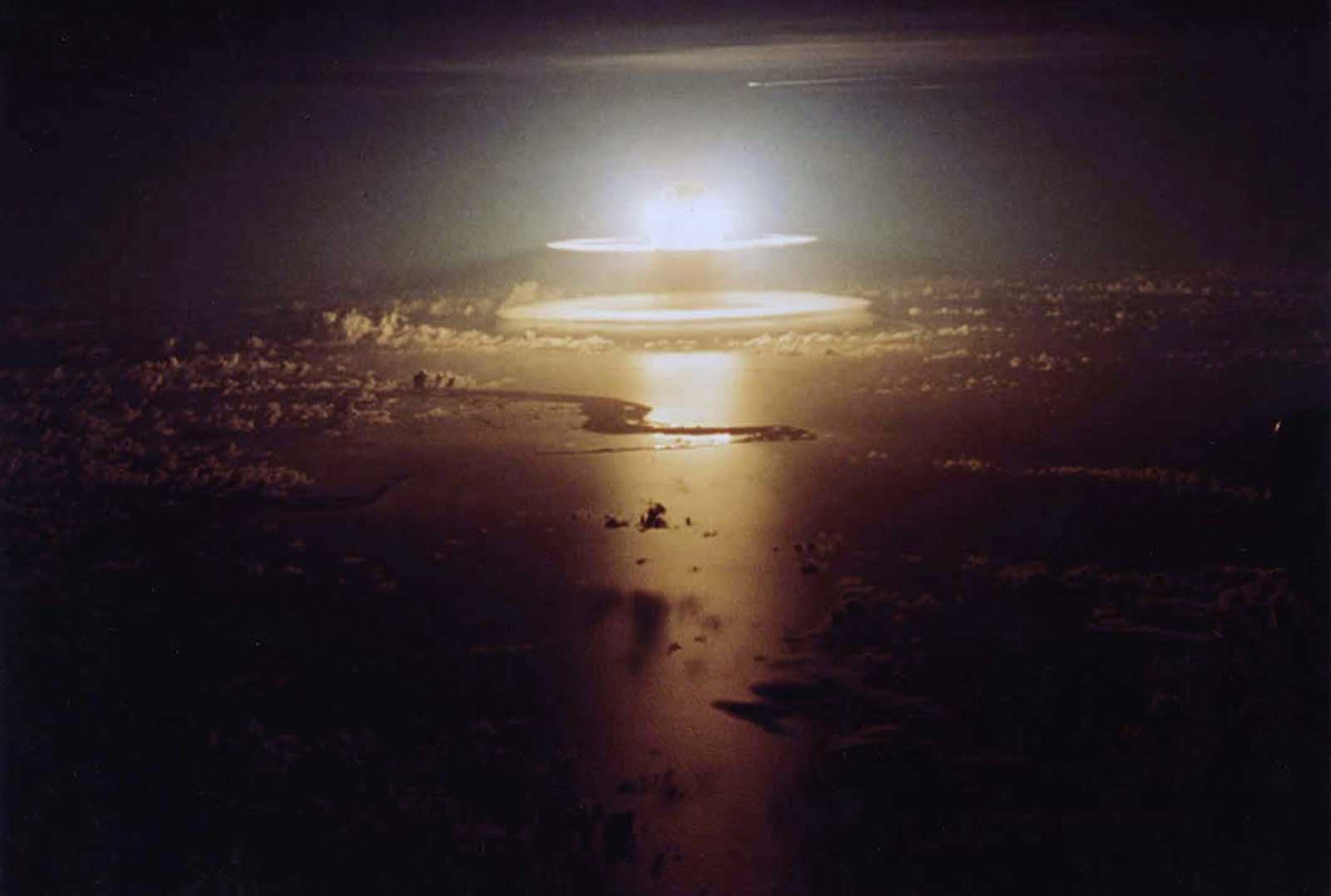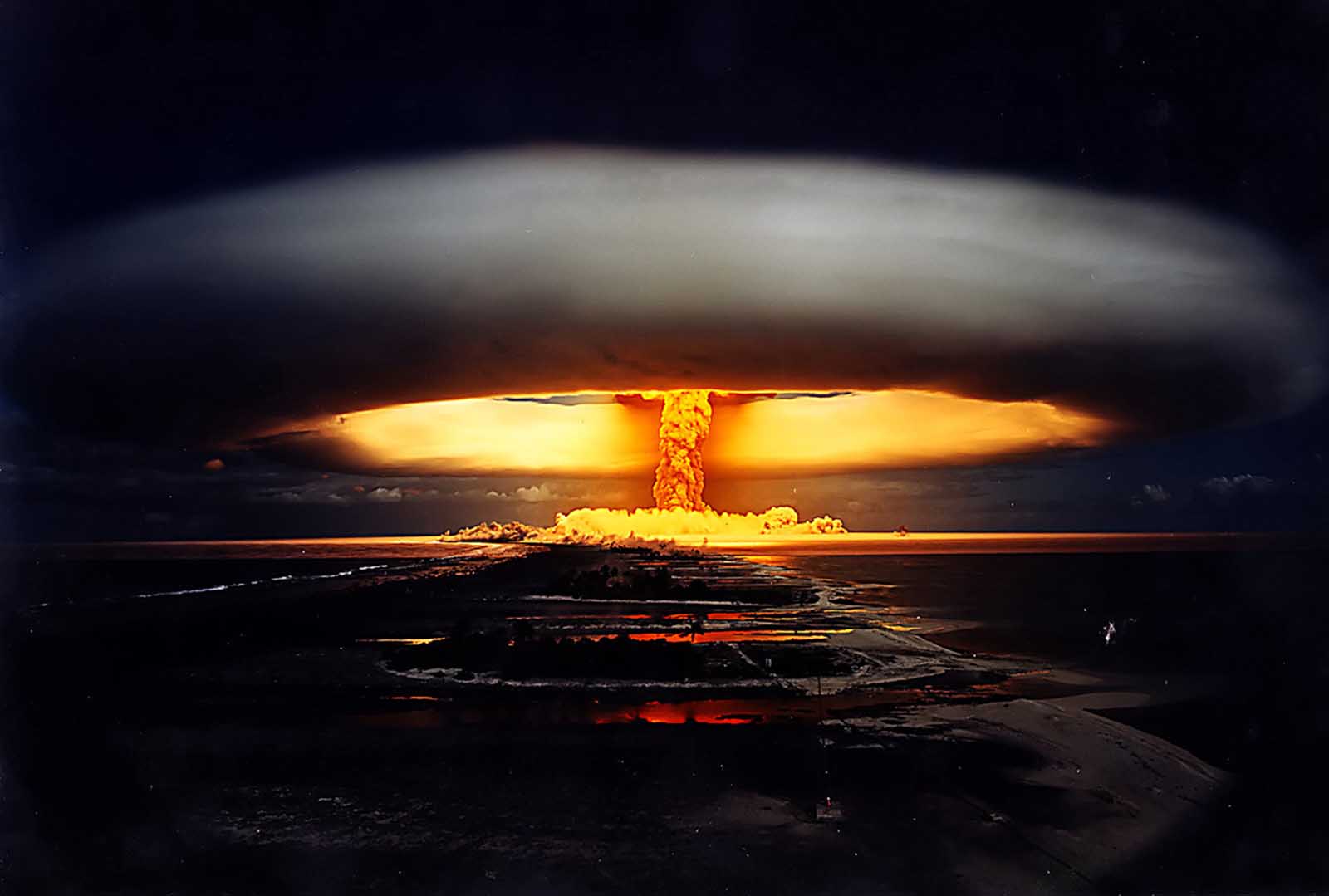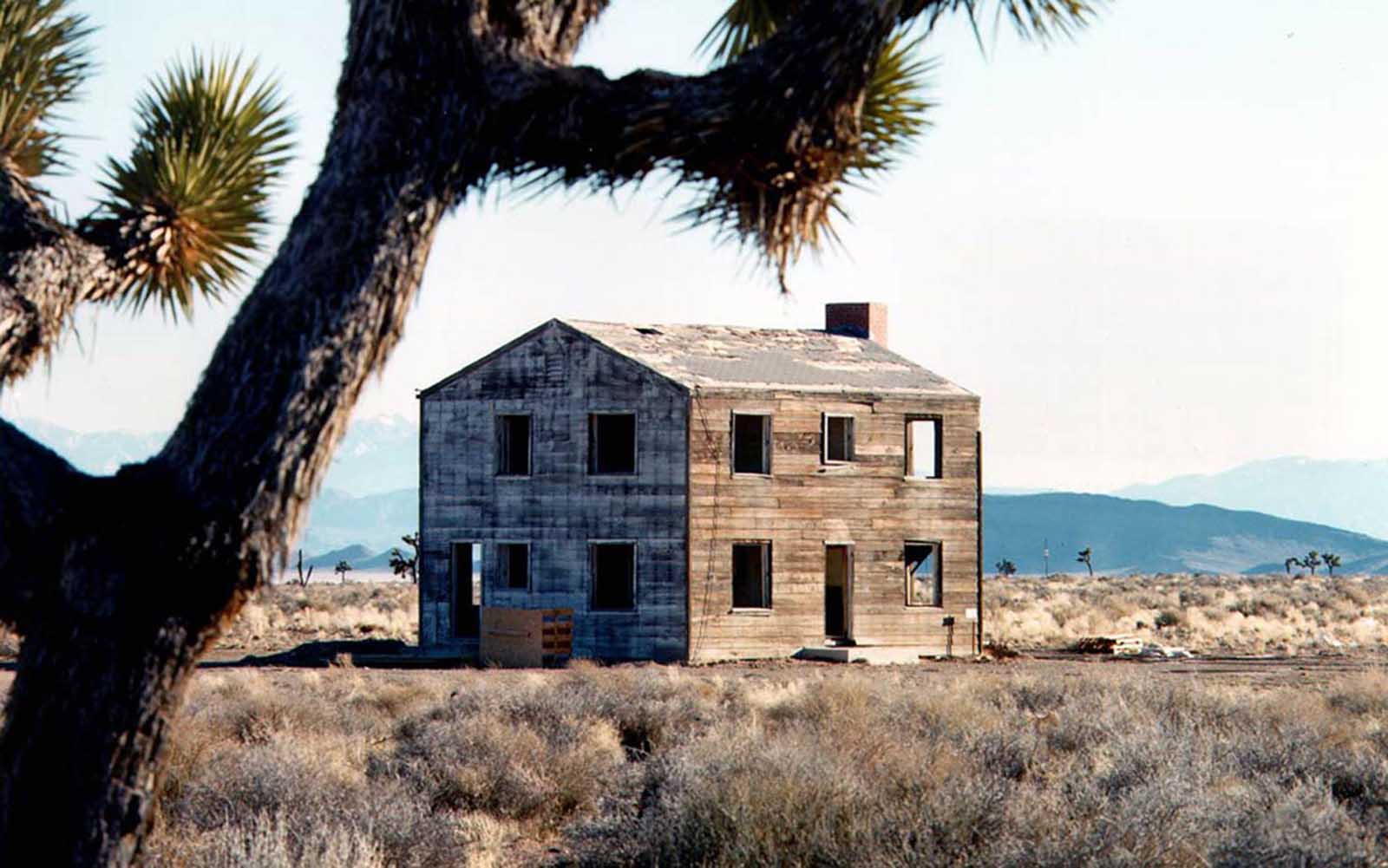There was only enough weapons-grade uranium available for one bomb, and confidence in the gun-type design was high, so on July 14, 1945, most of the uranium bomb (“Little Boy”) began its trip westward to the Pacific without its design having ever been fully tested. A test of the plutonium bomb seemed vital, however, both to confirm its novel implosion design and to gather data on nuclear explosions in general. Several plutonium bombs were now “in the pipeline” and would be available over the next few weeks and months. It was therefore decided to test one of these. Robert Oppenheimer chose to name this the “Trinity” test, a name inspired by the poems of John Donne. The site chosen was a remote corner on the Alamagordo Bombing Range known as the “Jornada del Muerto”, or “Journey of Death”, 210 miles south of Los Alamos. The elaborate instrumentation surrounding the site was tested with an explosion of a large amount of conventional explosives on May 7. Preparations continued throughout May and June and were complete by the beginning of July. Three observation bunkers located 5.6 miles north, west, and south of the firing tower at ground zero would attempt to measure key aspects of the reaction. Specifically, scientists would try to determine the symmetry of the implosion and the amount of energy released. Additional measurements would be taken to determine damage estimates, and equipment would record the behavior of the fireball. The biggest concern was control of the radioactivity the test device would release. Not entirely content to trust favorable meteorological conditions to carry the radioactivity into the upper atmosphere, the Army stood ready to evacuate the people in surrounding areas. On July 12, the plutonium core was taken to the test area in an army sedan. The non-nuclear components left for the test site at 12:01 a.m., Friday the 13th. During the day on the 13th, the final assembly of the “Gadget” (as it was nicknamed) took place in the McDonald ranch house. By 5:00 p.m. on the 15th, the device had been assembled and hoisted atop the 100-foot firing tower. Leslie Groves, Vannevar Bush, James Conant, Ernest Lawrence, Thomas Farrell, James Chadwick, and others arrived in the test area, where it was pouring rain. Groves and Oppenheimer, standing at the S-10,000 control bunker, discussed what to do if the weather did not break in time for the scheduled 4:00 a.m. test. To break the tension, Fermi began offering anyone listening to a wager on “whether or not the bomb would ignite the atmosphere, and if so, whether it would merely destroy New Mexico or destroy the world”. Oppenheimer himself had bet ten dollars against George Kistiakowsky’s entire month’s pay that the bomb would not work at all. Meanwhile, Edward Teller was making everyone nervous by applying liberal amounts of sunscreen in the pre-dawn darkness and offering to pass it around. At 3:30, Groves and Oppenheimer pushed the time back to 5:30. At 4:00, the rain stopped. Kistiakowsky and his team armed the device shortly after 5:00 and retreated to S-10,000. In accordance with his policy that each observes from different locations in case of an accident, Groves left Oppenheimer and joined Bush and Conant at base camp. Those in shelters heard the countdown over the public address system, while observers at base camp picked it up on an FM radio signal. During the final seconds, most observers laid down on the ground with their feet facing the Trinity site and simply waited. As the countdown approached one minute, Isidore Rabi said to the man lying next to him, Kenneth Griesen, “Aren’t you nervous?” “Nope” was Griesen’s reply. As Groves later wrote, “As I lay there in the final seconds, I thought only of what I would do if the countdown got to zero and nothing happened”. Conant said he never knew seconds could be so long. As the countdown reached 10 seconds, Griesen suddenly blurted out to his neighbor Rabi, “Now I’m scared”. Three, two, one, and Sam Allison cried out, “Now!” At precisely 5:30 a.m. on Monday, July 16, 1945, the nuclear age began. While Manhattan Project staff members watched anxiously, the device exploded over the New Mexico desert, vaporizing the tower and turning the asphalt around the base of the tower to green sand. Seconds after the explosion, came a huge blast wave and heat searing out across the desert. No one could see the radiation generated by the explosion, but they all knew it was there. The steel container “Jumbo”, weighing over 200 tons and transported to the desert only to be eliminated from the test, was knocked ajar even though it stood half a mile from ground zero. As the orange and yellow fireball stretched up and spread, a second column, narrower than the first, rose and flattened into a mushroom shape, thus providing the atomic age with a visual image that has become imprinted on the human consciousness as a symbol of power and awesome destruction. The most common immediate reactions to the explosion were a surprise, joy, and relief. Lawrence was stepping from his car when, in his words, everything went “from darkness to brilliant sunshine in an instant”; he was “momentarily stunned by the surprise”. A military man was heard to exclaim, “The long-hairs have let it get away from them!” Hans Bethe, who had been looking directly at the explosion, was completely blinded for almost half a minute. Norris Bradbury reported that “the atom bomb did not fit into any preconceptions possessed by anybody”. The blast wave knocked Kistiakowsky (who was over five miles away) to the ground. He quickly scrambled to his feet and slapped Oppenheimer on the back, saying, “Oppie, you owe me ten dollars”. The physicist Victor Weisskopf reported that “our first feeling was one of elation”. The word Isidor Rabi used was “jubilant”. Within minutes, Rabi was passing around a bottle of whiskey. At base camp, Bush, Conant, and Groves shook hands. When they met, Groves said to Oppenheimer, “I am proud of you”. Groves’s assistant, Thomas Farrell, remarked to his boss that “the war is over”, to which Groves replied, “Yes, after we drop two bombs on Japan”. Probably the most mundane response of all was Fermi’s: he had calculated ahead of time how far the blast wave might displace small pieces of the paper released into it. About 40 seconds after the explosion, Fermi stood, sprinkled his pre-prepared slips of paper into the atomic wind, and estimated from their deflection that the test had released energy equivalent to 10,000 tons of TNT. The actual result as it was finally calculated — 21,000 tons (21 kilotons) — was more than twice what Fermi had estimated with this experiment and four times as much as had been predicted by most at Los Alamos. Soon shock and euphoria gave way to more sober reflections. Rabi reported that after the initial euphoria, a chill soon set in on those present. The test director, Kenneth Bainbridge, called the explosion a “foul and awesome display” and remarked to Oppenheimer, “Now we are all sons of bitches”. Expressions of horror and remorse are especially common in the later writings of those who were present. Oppenheimer wrote that the experience called to his mind the legend of Prometheus, punished by Zeus for giving man fire, and said also that he thought fleetingly of Alfred Nobel’s vain hope that dynamite would end wars. Most famously, Oppenheimer later recalled that the explosion had reminded him of a line from the Hindu holy text, the Bhagavad-Gita: “Now I have become Death, the destroyer of worlds”. The terrifying destructive power of atomic weapons and the uses to which they might be put were to haunt many of the Manhattan Project scientists for the remainder of their lives. The success of the Trinity test meant that both types of bombs – the uranium design, untested but thought to be reliable, and the plutonium design, which had just been tested successfully – were now available for use in the war against Japan. Little Boy, the uranium bomb, was dropped first at Hiroshima on August 6, while the plutonium weapon, Fat Man, followed three days later at Nagasaki on August 9. Within days, Japan offered to surrender. (Photo credit: AP / U.S. Department of Defense / Text from F. G. Gosling, The Manhattan Project: Making the Atomic Bomb). Notify me of new posts by email.
Δ Subscribe
